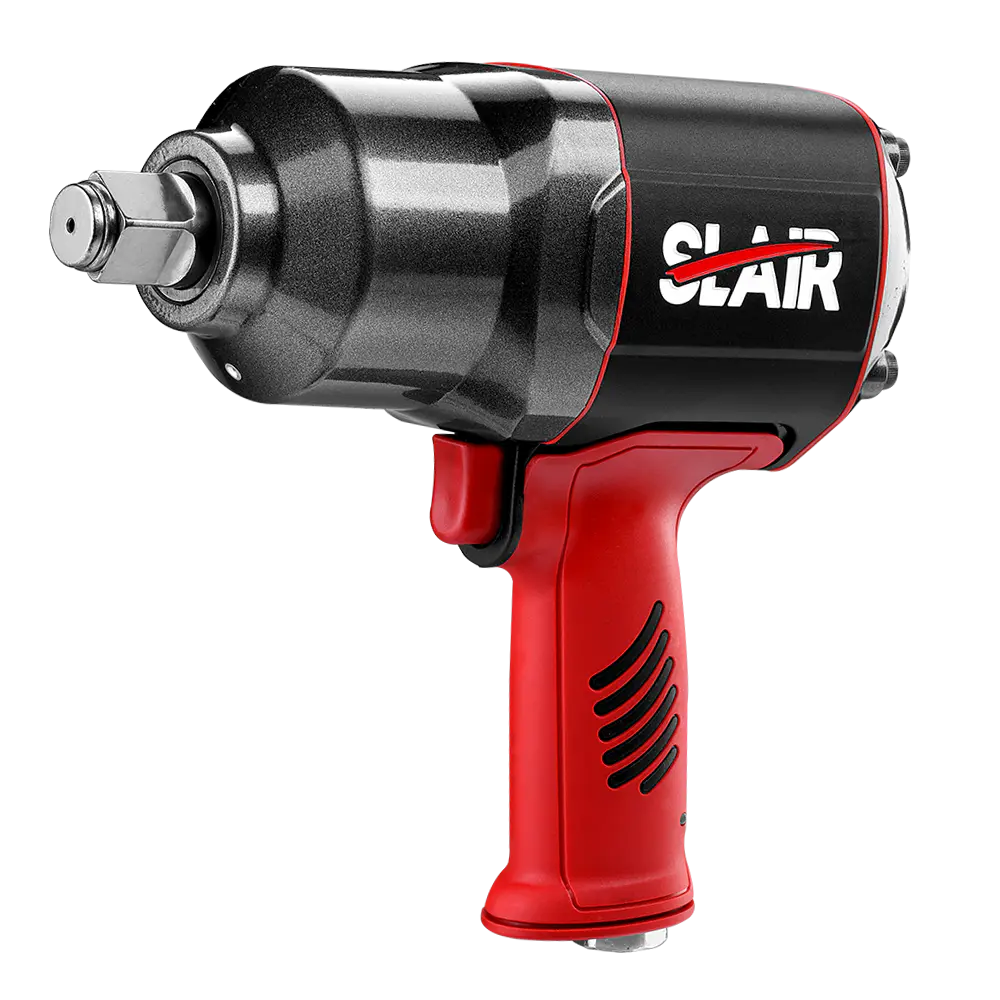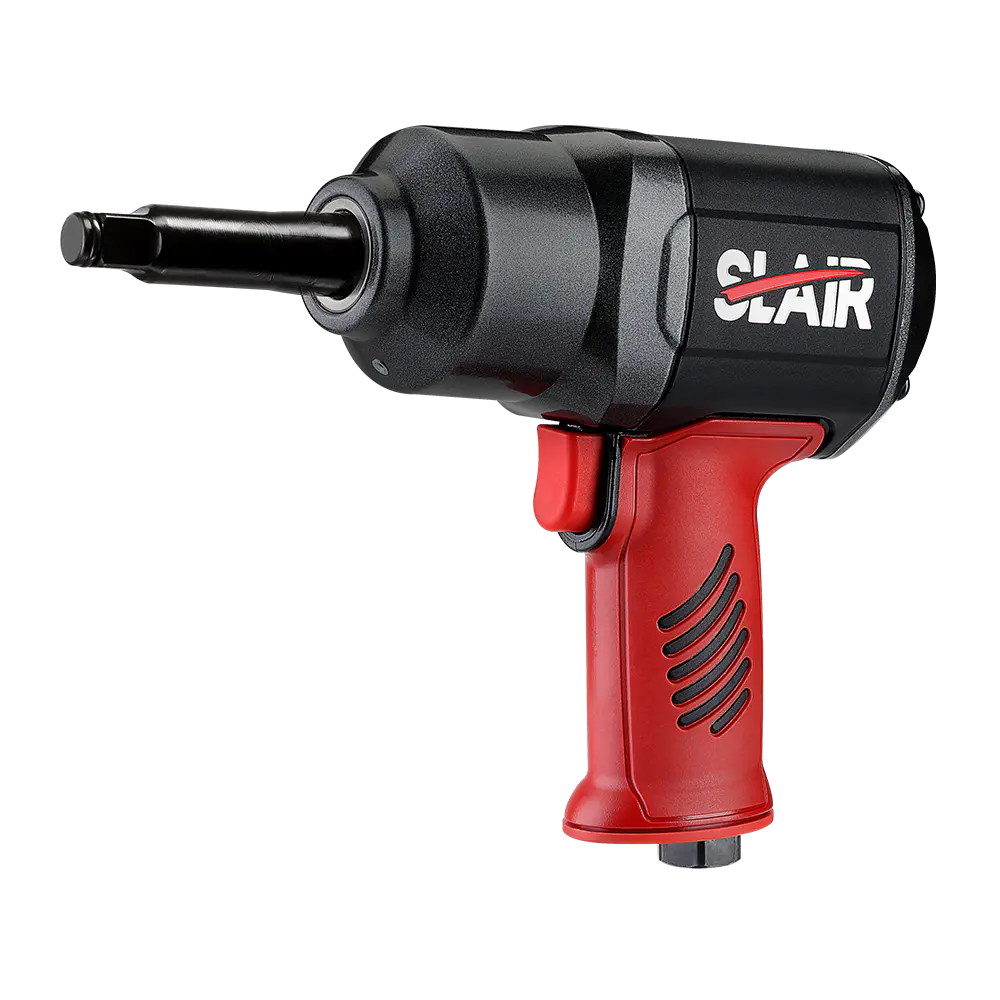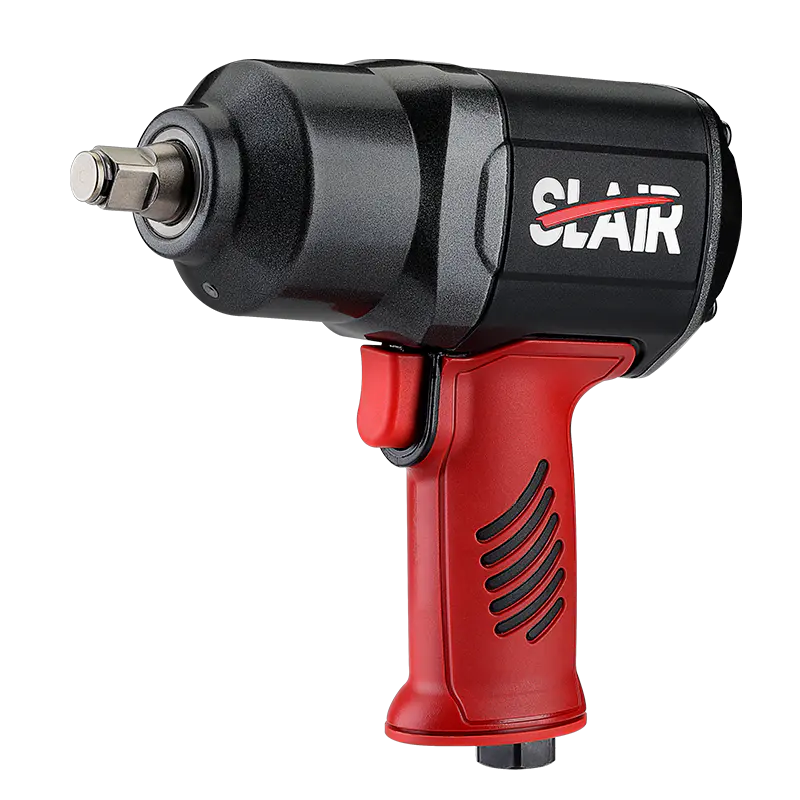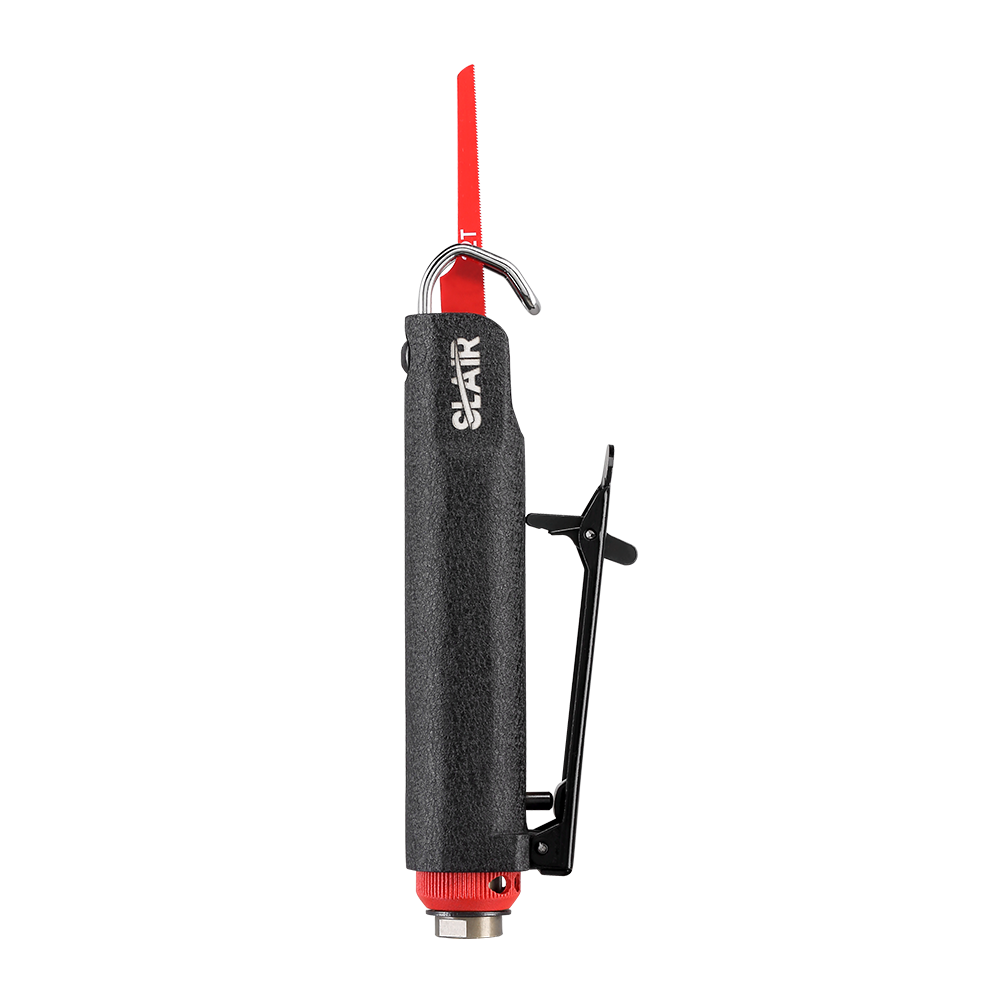Pneumatic Operation for Reduced Heat Generation: One of the fundamental advantages of the Air Body Saw Filer is its use of compressed air for power, rather than relying on an electric motor. Electric motors generate substantial heat due to the internal friction of moving parts and electrical resistance. In contrast, the pneumatic system of an Air Body Saw Filer does not produce the same level of heat internally, as the compressed air acts as the power source. This inherently reduces the risk of overheating and allows for longer continuous use without the tool becoming excessively hot. The primary source of heat in pneumatic tools is the compressed air itself, which is managed through the exhaust system to prevent it from affecting the tool's performance.
Efficient Airflow and Ventilation: Proper ventilation is a critical feature in any pneumatic tool, especially for one designed for high-speed cutting operations. Air Body Saw Filers are designed with built-in air vents and exhaust ports that allow airflow to circulate effectively through the internal components of the tool. These vents and exhaust systems ensure that any heat generated from the moving parts or the compressed air is quickly expelled from the tool, preventing the internal components from becoming overheated. The continuous flow of air through the tool's internal parts also contributes to cooling by moving warm air away from sensitive components, such as the motor and bearings, ensuring that they operate within their optimal temperature range.
Lightweight and Compact Design for Heat Dissipation: The materials used in the construction of Air Body Saw Filers play a significant role in heat management. Tools designed for prolonged use are made from lightweight, heat-resistant alloys such as aluminum, which not only keep the tool portable and easy to handle but also aid in heat dissipation. Aluminum has excellent thermal conductivity, meaning that heat generated during operation is efficiently transferred away from the internal components to the tool's surface, where it can dissipate into the surrounding air. This prevents the tool from becoming too hot during extended use and helps maintain the overall performance of the tool.
Internal Cooling Mechanisms: Some high-performance models of the Air Body Saw Filer are designed with specialized internal cooling features to further enhance heat dissipation. These features can include cooling fins, heat exchange channels, or additional internal insulation that helps regulate the temperature inside the tool. Cooling fins, for example, increase the surface area of the tool and promote the transfer of heat from the internal components to the outer casing, where it can be dissipated more effectively. Internal air channels are designed to direct airflow to areas of the tool that are prone to heat buildup, further preventing overheating during prolonged use.
Exhaust Management: The exhaust system is one of the most important components of any pneumatic tool, including the Air Body Saw Filer, when it comes to managing heat dissipation. The exhaust not only expels used compressed air but also releases any heat generated by the operation of the tool. The exhaust system is designed to direct this hot air away from the user's hands and the tool's sensitive components, ensuring that the tool stays cool. In some models, the exhaust may be adjustable, allowing the user to redirect hot air away from the workspace or toward a designated area for safety. Effective exhaust management reduces the risk of thermal buildup and contributes to maintaining a stable operating temperature, even during extended cutting tasks.
Optimal Air Pressure and Flow: The efficiency of the Air Body Saw Filer is also influenced by the air pressure and flow rate supplied to the tool. If the air pressure is too high or too low, the tool may operate inefficiently, leading to excessive heat generation. Air that flows too rapidly through the system can create friction, which results in unnecessary heat buildup. Conversely, insufficient airflow can cause the internal components to overheat, reducing the overall performance and longevity of the tool. Most Air Body Saw Filers are designed to work within a specific air pressure range, which helps optimize both cutting performance and heat management.





 English
English 中文简体
中文简体 русский
русский Deutsch
Deutsch Português
Português Español
Español
















